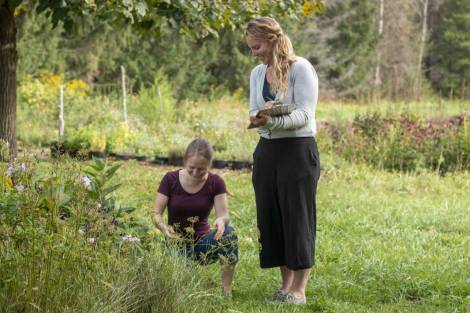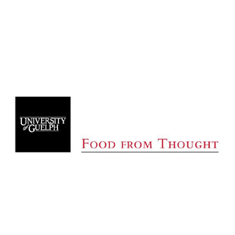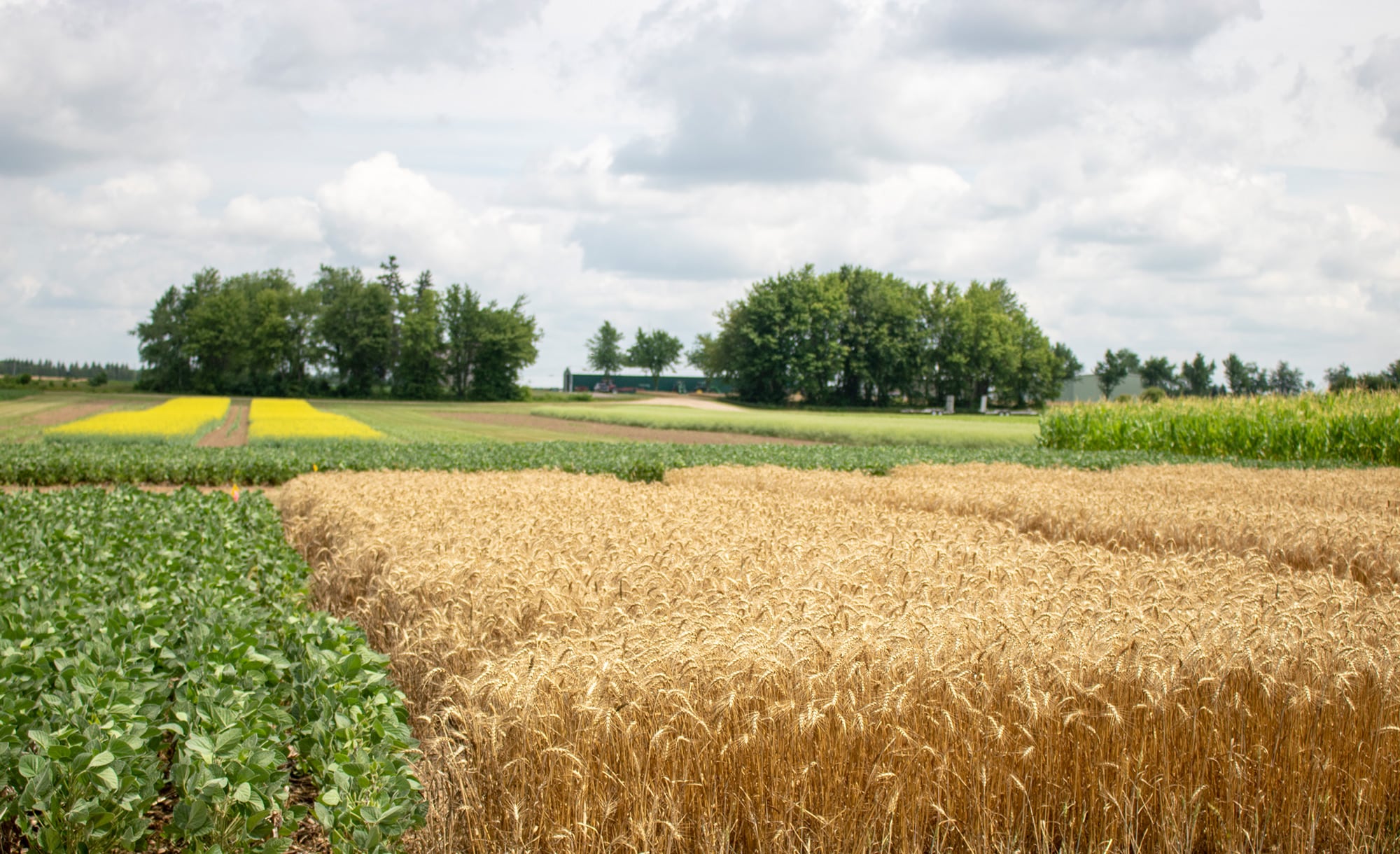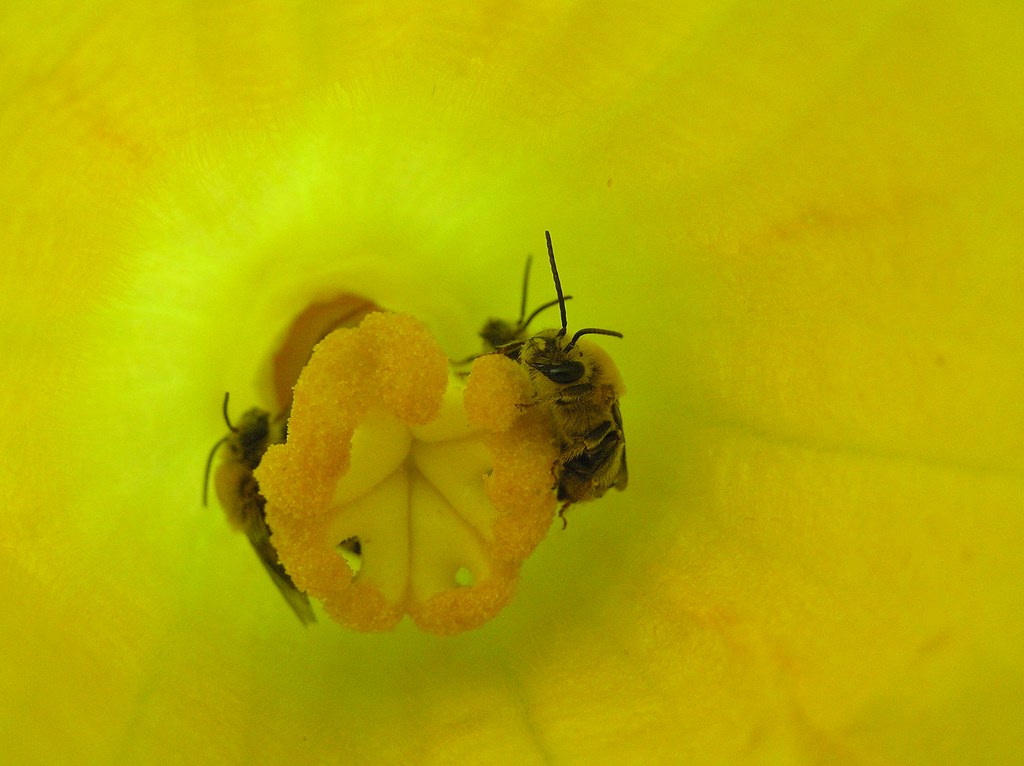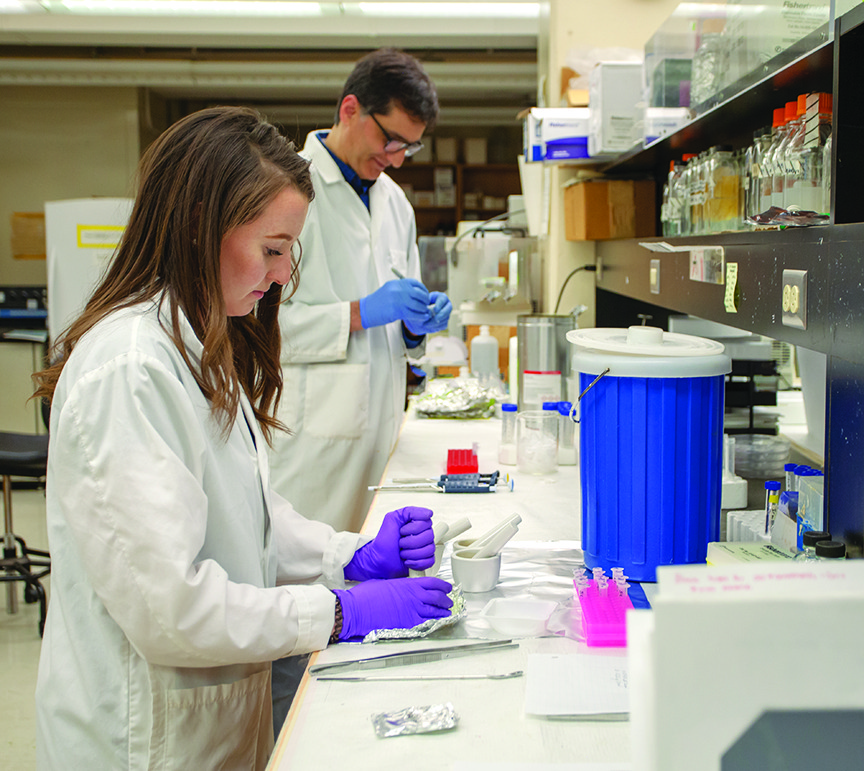Agricultural crops are a major component of the agriculture sector in Canada and around the world. As consumer preferences shift toward more fruits, vegetables and plant-based protein food sources, the way we produce crops to feed a growing population will be increasingly important for our planet’s health.
Food from Thought scientists are conducting cutting-edge research that enables the intensification of agricultural production, while protecting ecosystem services. Research in this area explores how to enhance plant, soil and landscape biodiversity to intensify agricultural productivity without reducing ecosystem services.
Crops research spans the micro level with cellular and genetic research; the field level with economics, soil health, cover crops, management zones, and nitrogen use efficiency; and the landscape level with landscape management, pollinator health, advanced applications, and satellite imagery.

